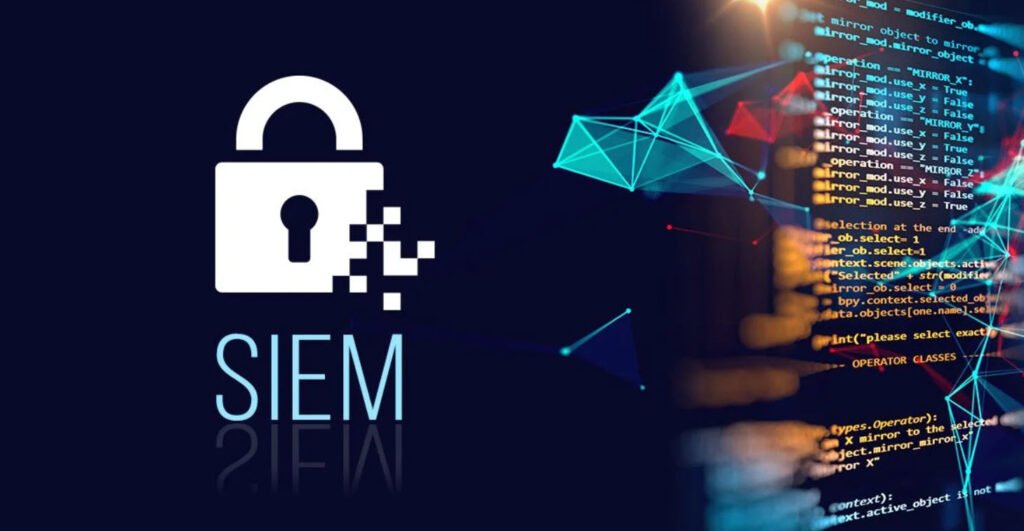In today’s ever-evolving threat landscape, organizations face unprecedented challenges in securing their digital assets from a multitude of cyber threats. Security Information and Event Management (SIEM) systems have emerged as a vital tool in modern cybersecurity strategies, enabling enterprises to centralize, monitor, and analyze security events from diverse sources. Modern SIEM solutions have evolved significantly, incorporating advanced features to detect and respond to sophisticated cyber threats effectively.
Also Read: Top 32 SIEM Use Cases
This article explores the capabilities and functionalities of modern SIEMs that have become essential in the fight against cybercrime.
1. Centralization and Aggregation of Security Events
A cornerstone feature of modern SIEMs is their ability to centralize and aggregate security-relevant events in real-time. As events are generated from various sources across the network, the SIEM system collects and processes them, creating a comprehensive and unified view of the organization’s security posture.
By centralizing logs and events, security analysts can efficiently monitor and identify potential threats from a single console.
2. Support for Multiple Reception and Collection Mechanisms
Modern SIEM solutions offer versatile reception and collection mechanisms, accommodating various data sources and formats. These can include syslog, file transmissions, file collections, APIs, and more. Such flexibility ensures that no security-relevant data goes unnoticed, enabling SIEMs to process and analyze data from diverse platforms, applications, and devices.
3. Context and Threat Intelligence Enrichment
Raw security events, while crucial, often lack essential context to help analysts understand their significance. Modern SIEMs integrate threat intelligence feeds, which provide real-time updates on known threats and indicators of compromise (IOCs). By enriching security events with this contextual information, SIEMs empower security teams to prioritize and respond effectively to potential threats.
4. Correlation and Alerting Capabilities
One of the core strengths of modern SIEMs lies in their ability to correlate events from different sources and detect patterns of malicious activity. By analyzing data across the entire IT environment, SIEMs can identify and trigger alerts for suspicious activities that may go unnoticed when viewed in isolation. This correlation significantly reduces false positives and enhances the efficiency of incident response teams.
5. Advanced Threat Detection
As cyber threats become increasingly sophisticated, traditional security measures may not be sufficient to detect advanced and unknown threats. Modern SIEMs leverage machine learning algorithms and behavioral analysis to identify abnormal activities that could indicate novel attack techniques. This proactive approach enables organizations to stay one step ahead of cybercriminals.
6. Profiling User and Organizational Behavior
Understanding normal user and organizational behavior is essential for detecting anomalies that may indicate potential security breaches. Modern SIEMs employ user and entity behavior analytics (UEBA) to create behavior profiles across the organization. Any deviation from these patterns can raise alerts for further investigation, helping organizations detect insider threats and external attacks that exploit compromised credentials.
7. Data Ingestion and Availability
Modern SIEM solutions are equipped to ingest vast amounts of data, encompassing users, applications, and system logs. Once ingested, the SIEM makes this data available for various security tasks, including monitoring, alerting, investigations, and ad hoc searches. This comprehensive approach ensures that no critical security information is left unattended.
8. Ad Hoc Searching and Reporting
The ability to conduct ad hoc searches and generate reports based on historical data is crucial for advanced breach analysis and threat hunting. Next Generation SIEMs provide intuitive querying interfaces, enabling security analysts to perform in-depth investigations into security incidents and track potential attackers’ actions.
9. Incident Investigation and Forensic Analysis
When security incidents occur, the SIEM plays a vital role in conducting detailed incident investigations and forensic analysis. By providing comprehensive historical data and context, the SIEM helps analysts trace the origin, scope, and impact of security breaches, aiding in remediation and preventing future incidents.
10. Compliance Assessment and Reporting
Compliance with industry regulations and internal security policies is a top priority for organizations. Modern SIEMs offer functionalities to assess and report on compliance postures, simplifying the process of meeting regulatory requirements and demonstrating adherence to security best practices.
11. Analytics and Security Posture Reporting
To gain insights into the organization’s overall security posture, SIEMs leverage advanced analytics and reporting tools. These capabilities help security stakeholders understand trends, identify weak points, and make informed decisions to strengthen their cybersecurity defenses.
Conclusion
Modern SIEMs have become indispensable tools for organizations seeking to protect their digital assets from an ever-growing array of cyber threats. Their ability to centralize, analyze, and respond to security events from diverse sources empowers security teams to stay proactive in the fight against cybercrime.
With features such as advanced threat detection, behavior profiling, and compliance reporting, SIEMs provide a robust defense against the dynamic threat landscape, allowing organizations to maintain a secure and resilient cybersecurity posture. As cyber threats continue to evolve, SIEM solutions are expected to further innovate and adapt, ensuring they remain at the forefront of cybersecurity defense strategies.




Pingback: Defending Against Insider Attacks - A Brief Guide - Tech Hyme
Pingback: Understanding UEBA: Unveiling the Power of User and Entity Behavior Analytics - Tech Hyme
Pingback: Forwarding Logs from Fortigate Firewall to SIEM with Logstash Parser - Tech Hyme